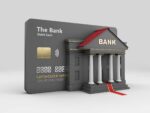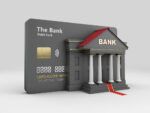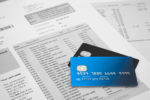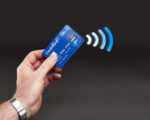A cash discount for a merchant account is a pricing strategy that involves offering a discount to customers who choose to pay with cash rather than using credit or debit cards. This approach is designed to incentivize cash transactions and mitigate the fees associated with card payments for merchants. The concept of cash discounts has […]











Recent Comments